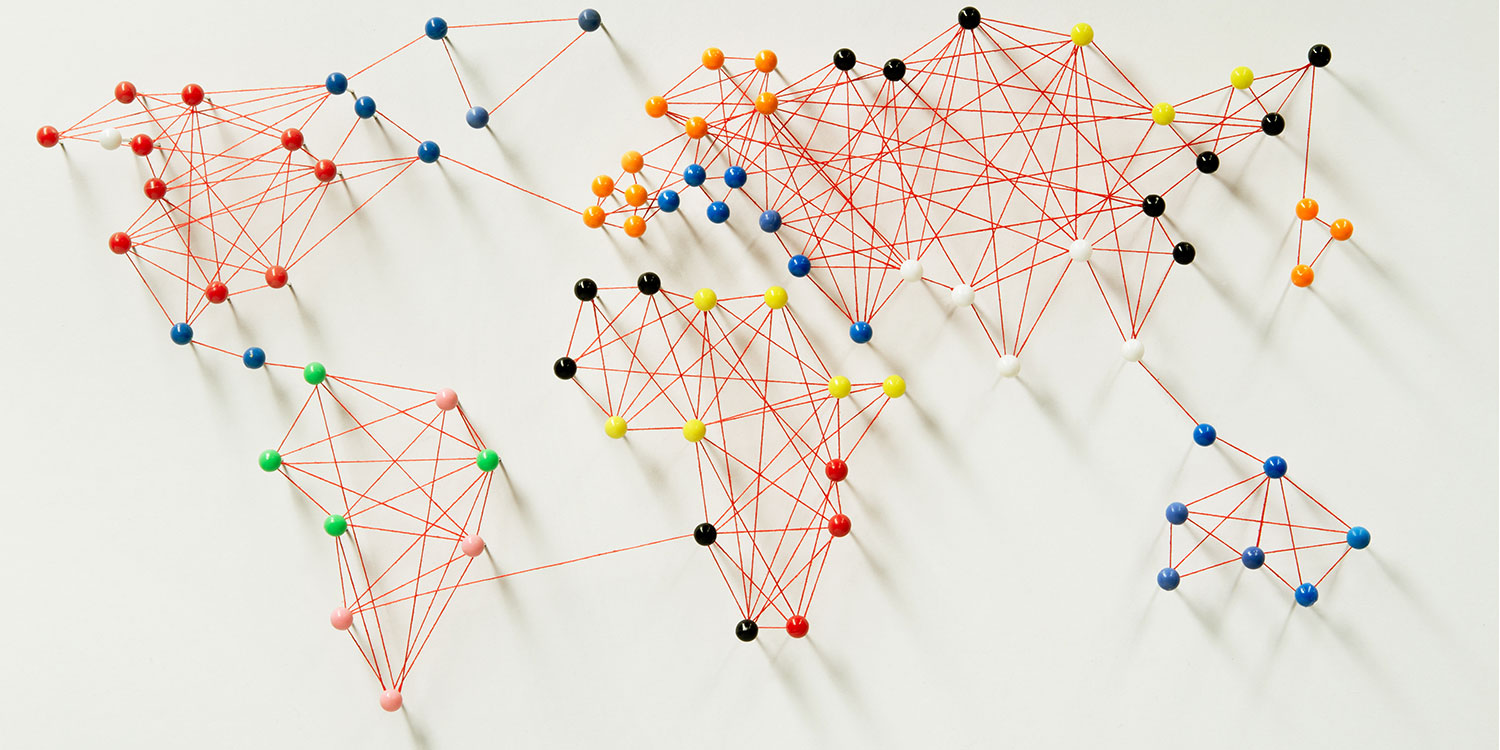Systemic failures are driving rapid growth in production, consumption and leakage of plastics in the marine, terrestrial and freshwater environments, shows a new EASAC Commentary. The summary of the latest scientific evidence aims to inform negotiations of a much-needed International Plastics Treaty.

With current policies, global plastic waste is expected to nearly triple by 2060. “Negotiators must tackle the conflicts in the whole system,” says EASAC’s Prof. Michael Norton. “It will hurt commercial interests and thus not be a piece of cake. But to slow and reverse damage to the environment, biodiversity, and ultimately risks to human health, the Treaty must put an end to the continued growth in the production of plastics.”
The 21st century is likely to be remembered as the “plastic age”. Plastics began their triumphant march in the 1960’s; today the planet is literally drowning in plastics. More than 353 million tons of plastic waste have been produced in 2019, and according to OECD figures, it will increase to as much as 1014 million tons annually by 2060 (OECD, 2022) unless drastic measures are taken.
Systemic failures drive rapid growth in production, consumption, leakage
Due to their convenience, plastic has become omnipresent in our daily lives. Yet, the current system fails to hold producers and consumers responsible.
“Consumers like and are used to ‘on-the-go‘ and easy disposal. But to think that plastic is cheap is quite naïve. Costs of waste management, social, environmental and health costs amount to billions, if not trillions of dollars – multiple times higher than the actual production costs” says Professor Lars Walløe, Co-chair of EASAC’s Environment Programme.
Meanwhile, externalisation of these costs keeps virgin resin cheap and incentivises monomer producers to invest for continued growth, designing and choosing resins and additives regardless of recycling implications. Retailers focus on operational efficiency and attractiveness to consumers rather than on waste reduction or recyclability. Lack of profitability and technical challenges restrict the capacity and diversity of recycling infrastructures.
Reducing plastics pollution by 80% by 2040 demands a circular economy
According to the scientists, it is time to make the polluters pay. Voluntary mechanisms and market mechanisms are insufficient to address the problem. They make clear that banking on growth is not an option, not least because switching to many so-called “bio”-materials cannot be justified on resource or environmental grounds either.
Co-chair Professor András Báldi explains: “Plastics do not rot; they only break down in smaller pieces and do not decompose. Meanwhile, the resulting micro- and nanoplastics have spread everywhere on the planet and are also found in our bodies. While the fatal effects on marine life are very obvious, we still do not have the evidence to allow us to assess our own risk from plastic contamination.”
Norton: “We have to put an end to today’s unchecked growth and throw-away mentality. Even if recycling increases: Unless the Treaty sets a target to reduce primary plastics production, the inability to collect and recycle more than a small fraction of the end-of-life products will continue.”
To set up an International Plastics Treaty for success, EASAC advocates a system approach to reduce the volume of plastics production and consumption, ensure all plastics are reusable, recyclable or compostable, and keep plastics in circulation for as long as possible. Models suggest that by reducing demand by 30% and increasing the recycling rate to 20%, plastic pollution could be reduced by 80% by 2040.
10 Science-based Recommendations for an International Plastics Treaty
- Set a target for reducing plastic primary production with the aim of reducing the overall need, demand and use of packaging
- Ensure all plastics are reusable, recyclable or compostable to allow circularity
- Internalise all external (environmental, social, health) costs into the basic market price for virgin resin
- Make product designers and retailers responsible for minimizing single use for on-the-go- items and make the responsible path the cheapest option to change consumer behaviour
- Ban deliberate addition of microplastics to products
- Commit to increasing the safety, durability, reusability, refillability, repairability, and refurbishing capability of plastic products
- Incentivise companies to collaborate in reverse supply chains
- Request life-cycle-analysis and proper biodegradability standards for resins claiming biodegradability
- Extend producer responsibility to all costs related to waste management
- Allow only exports from OECD to those non-OECD countries that consent and fulfil the criteria to treat such waste in an environmentally sound manner
Contacts:
Professor Michael Norton
EASAC Environment Programme Director: Michael.Norton@easac.eu
Professor Lars Walløe
Chair of EASAC Environment Steering Panel: lars.walloe@medisin.uio.no
Professor András Báldi
Co-Chair EASAC Environment Steering Panel: baldi.andras@ecolres.hu
For general enquiries
Ms Sabine Froning
EASAC Communications / Communication Works: sabine.froning@easac.eu
Tel: +49 15208727000
About the European Academies’ Science Advisory Council (EASAC)
EASAC is formed by the national science academies of the EU Member States, Norway, Switzerland and United Kingdom, to collaborate in giving advice to European policy-makers. EASAC provides a means for the collective voice of European science to be heard. Through EASAC, the academies work together to provide independent, expert, evidence-based advice about the scientific aspects of European policies to those who make or influence policy within the European institutions.


